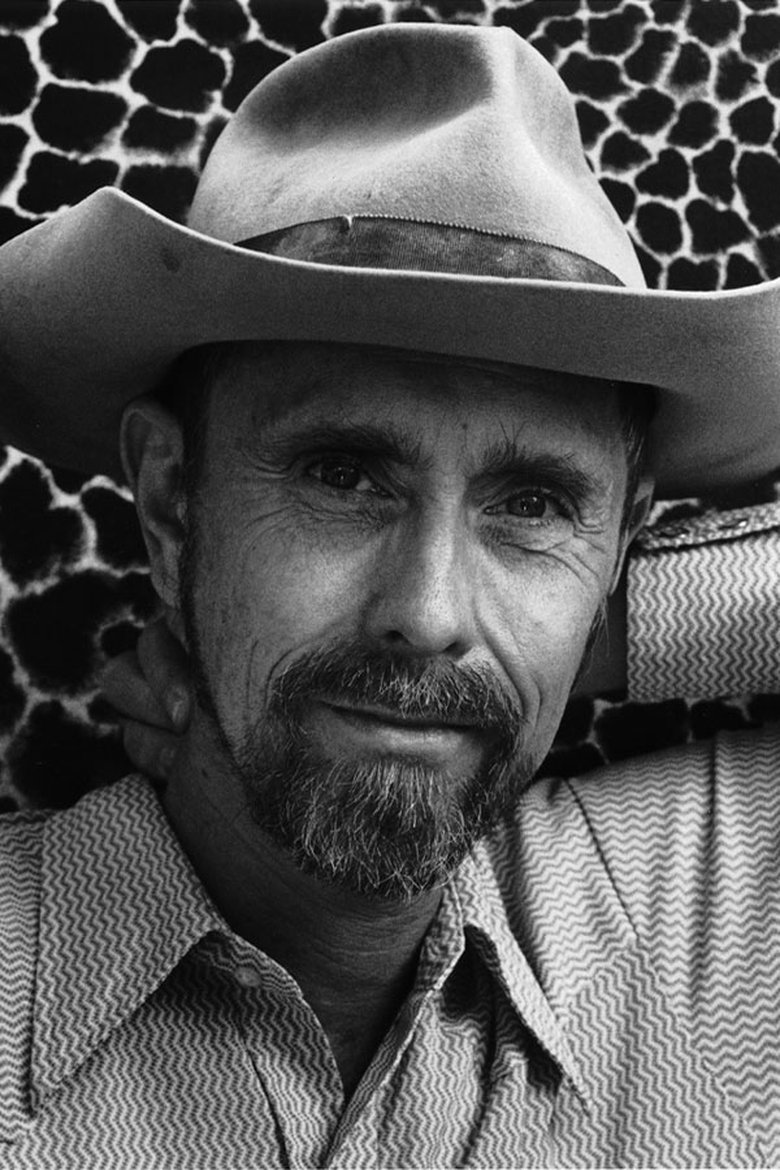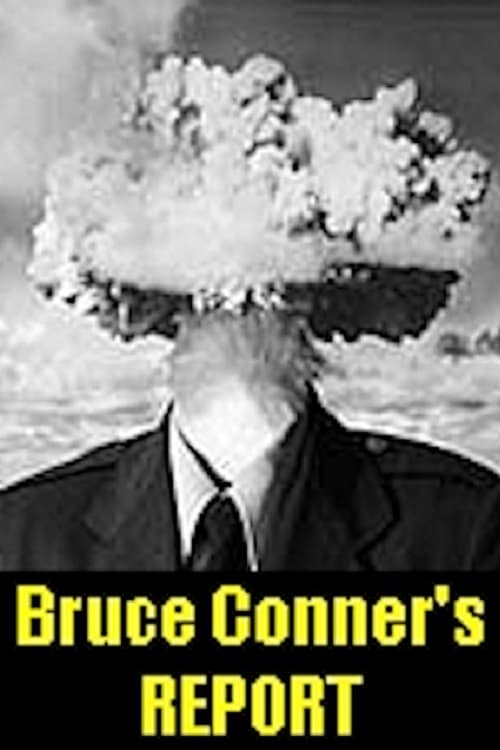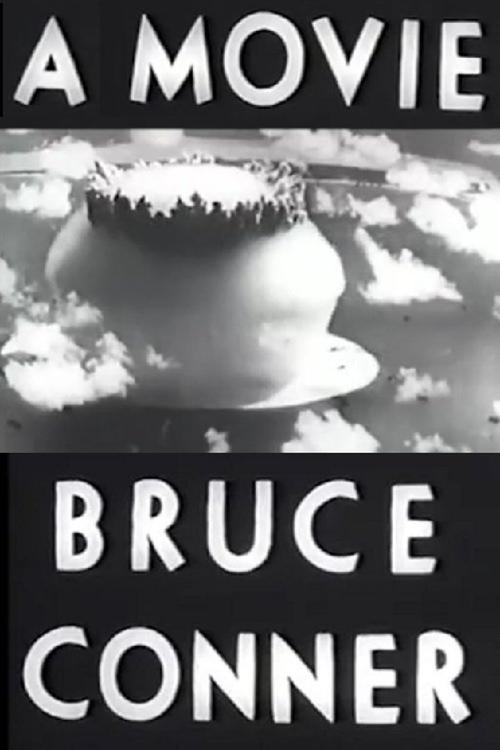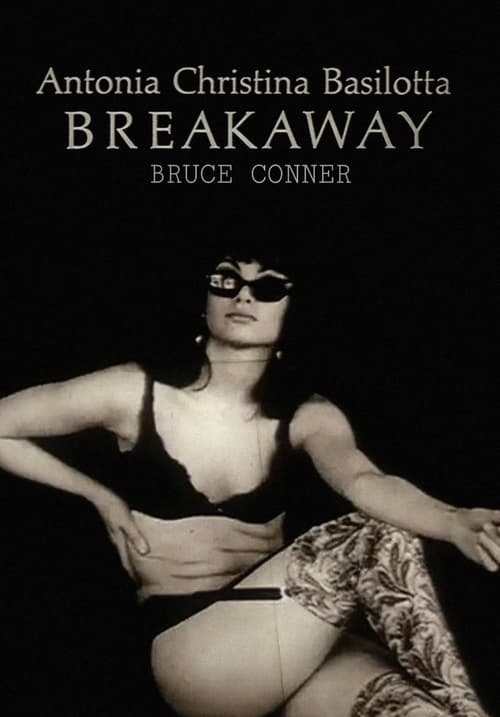Director: Bruce Conner

Birthday: 1933-11-18
Born in: McPherson, Kansas
Biography: Bruce Conner (November 18, 1933 - July 7, 2008) was an American artist renowned for his work in film, drawing, sculpture, painting, collage, and photography, among other disciplines. He first attracted public attention in the 1950s with his nylon-shrouded assemblages—complex sculptures of found objects such as women's stockings, costume jewelry, bicycle wheels, and broken dolls, often combined with collaged or painted surfaces. Simultaneously during the late 1950s, he began making short movies in a singular style that has since established him as one of the most important figures in postwar independent filmmaking. He used an innovative technique that can best be seen in his first film, "A MOVIE" (1958), which was created by piecing together scraps of B-movies, newsreels, novelty shorts, and other preexisting footage. His subsequent films are most often fast-paced collages of found and new footage, and he was among the first to use pop music for film sound tracks. His films have inspired generations of filmmakers and are now considered to be the precursors of the music video genre.
Born in: McPherson, Kansas
Biography: Bruce Conner (November 18, 1933 - July 7, 2008) was an American artist renowned for his work in film, drawing, sculpture, painting, collage, and photography, among other disciplines. He first attracted public attention in the 1950s with his nylon-shrouded assemblages—complex sculptures of found objects such as women's stockings, costume jewelry, bicycle wheels, and broken dolls, often combined with collaged or painted surfaces. Simultaneously during the late 1950s, he began making short movies in a singular style that has since established him as one of the most important figures in postwar independent filmmaking. He used an innovative technique that can best be seen in his first film, "A MOVIE" (1958), which was created by piecing together scraps of B-movies, newsreels, novelty shorts, and other preexisting footage. His subsequent films are most often fast-paced collages of found and new footage, and he was among the first to use pop music for film sound tracks. His films have inspired generations of filmmakers and are now considered to be the precursors of the music video genre.
Known for
6.1

6.6

6.7
